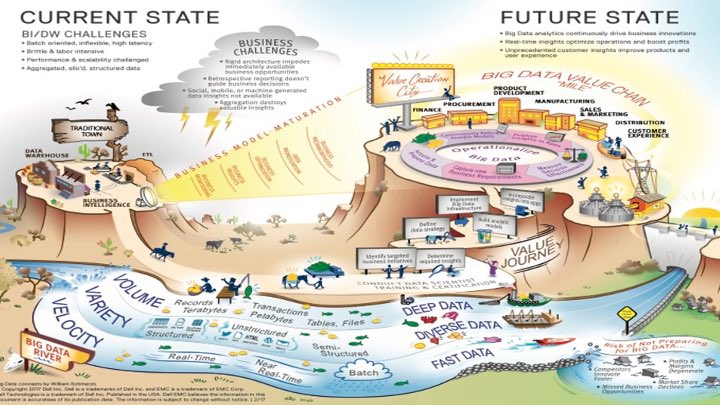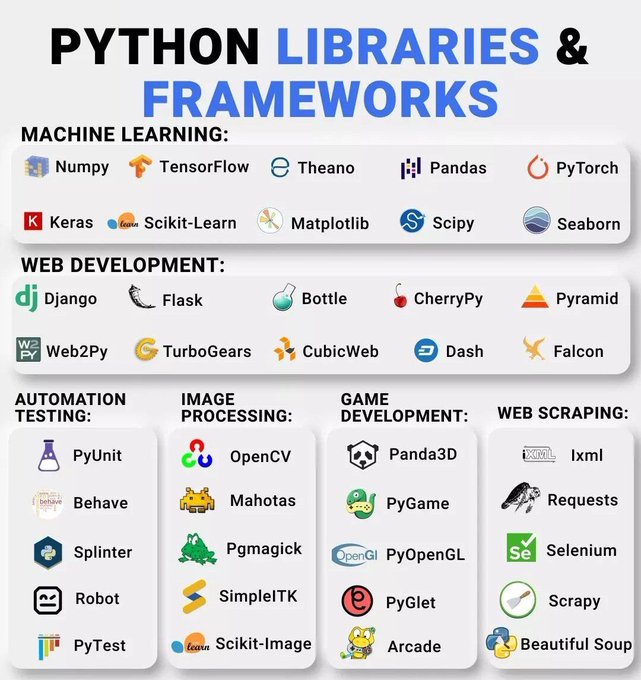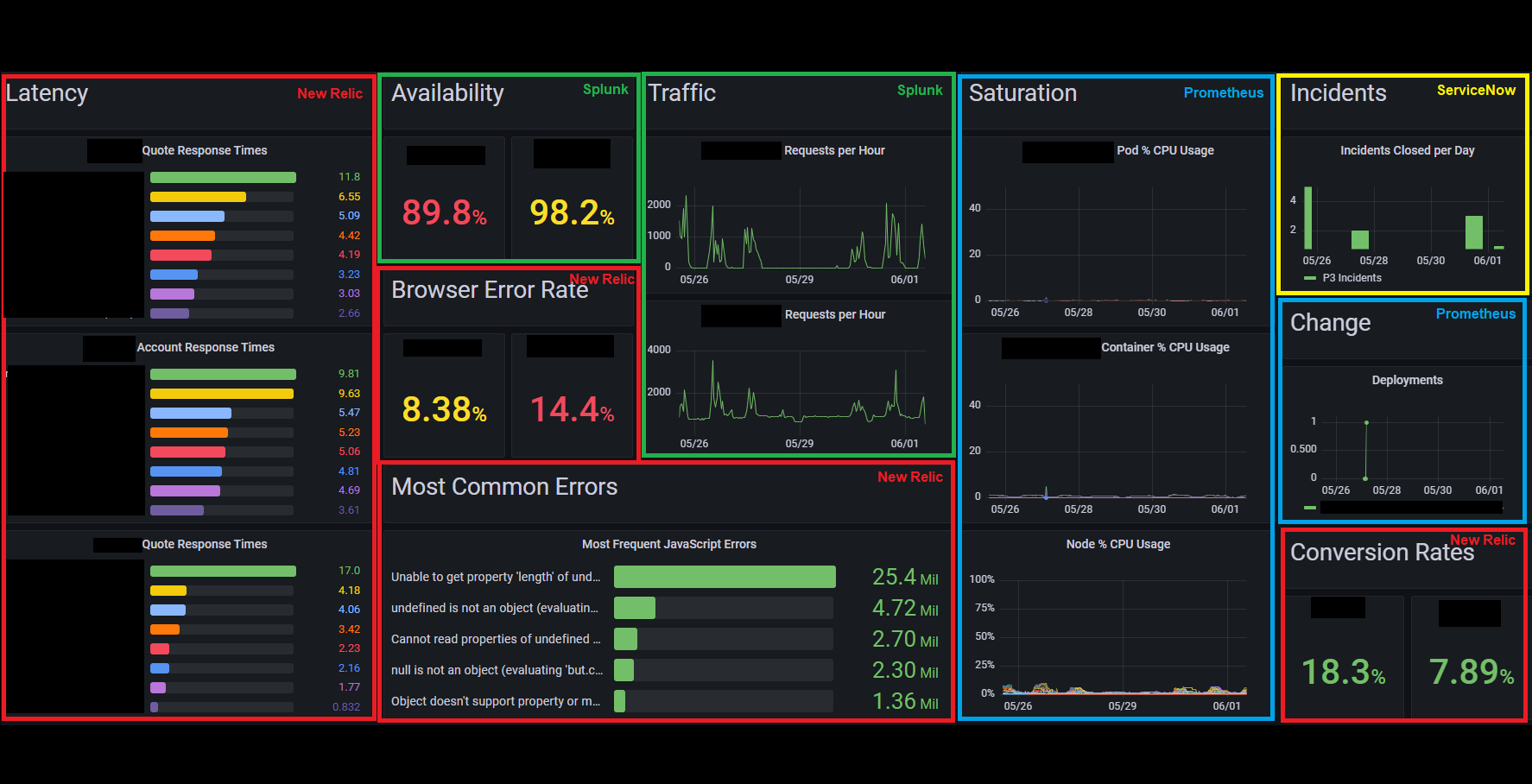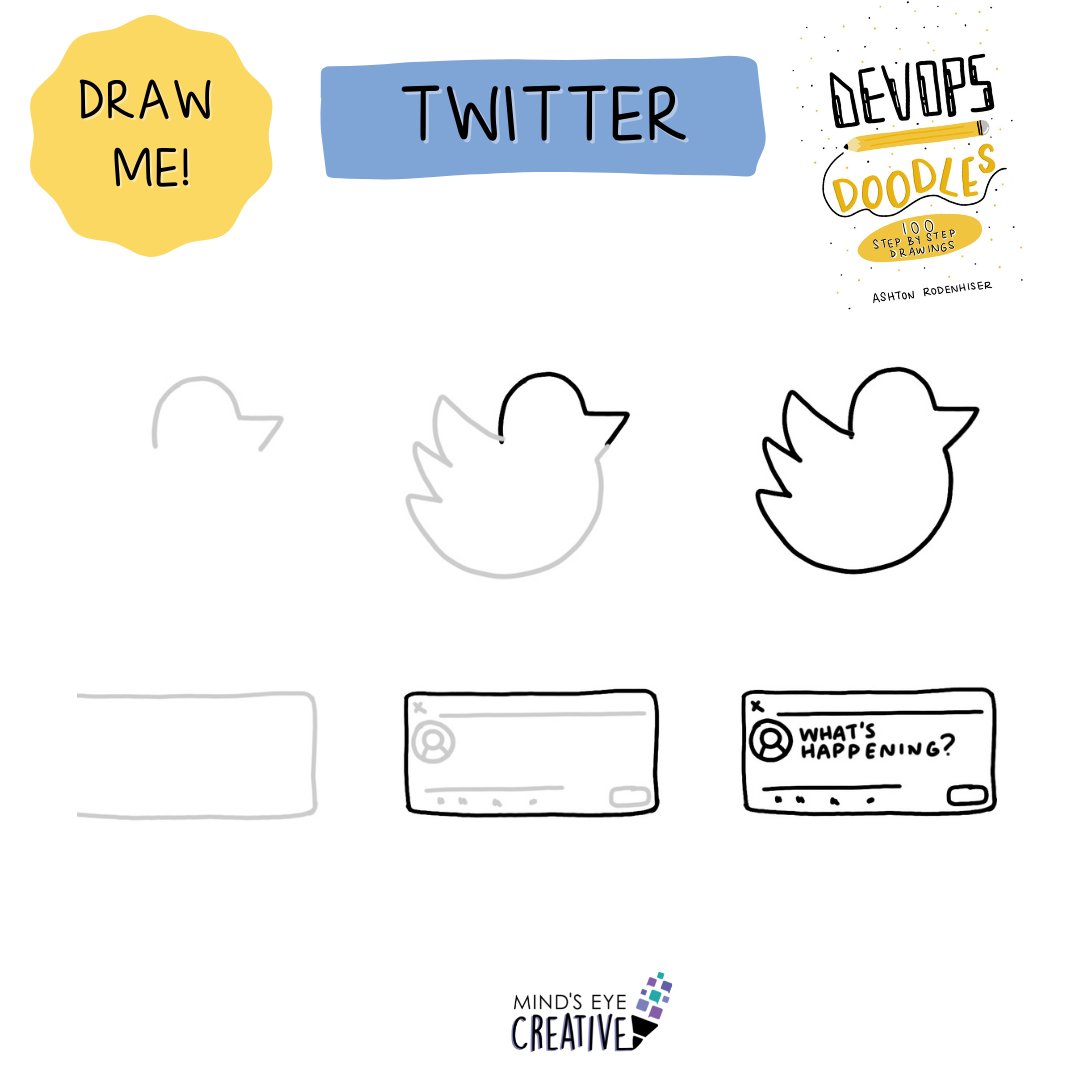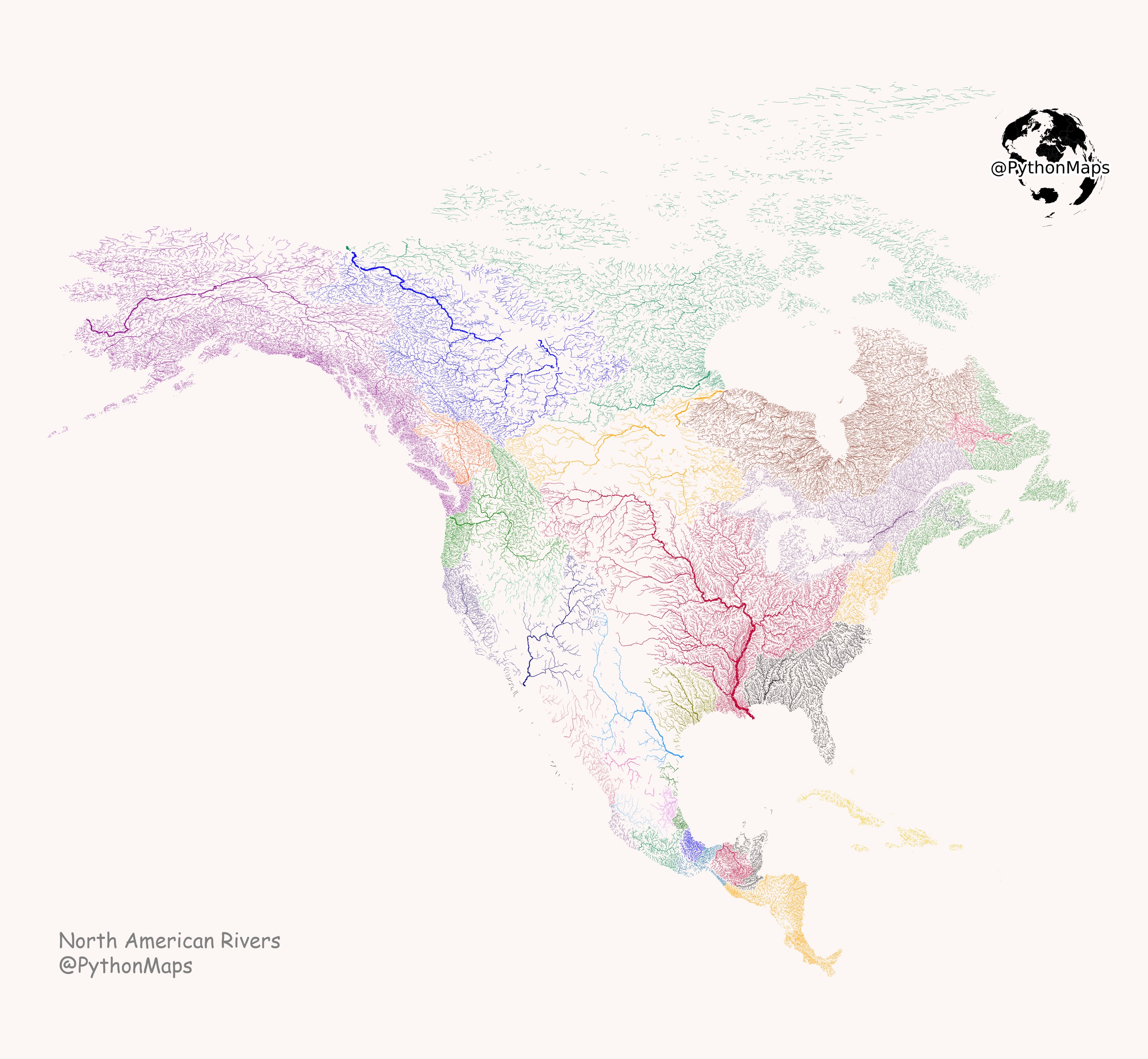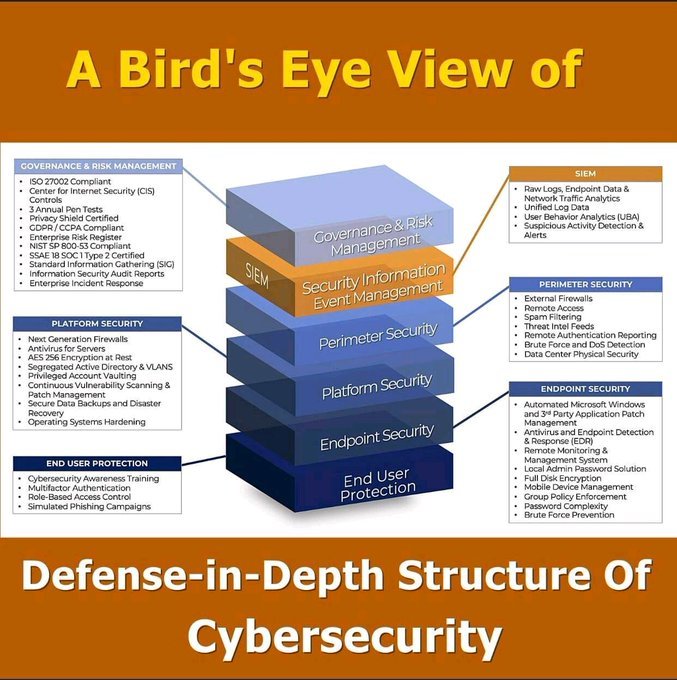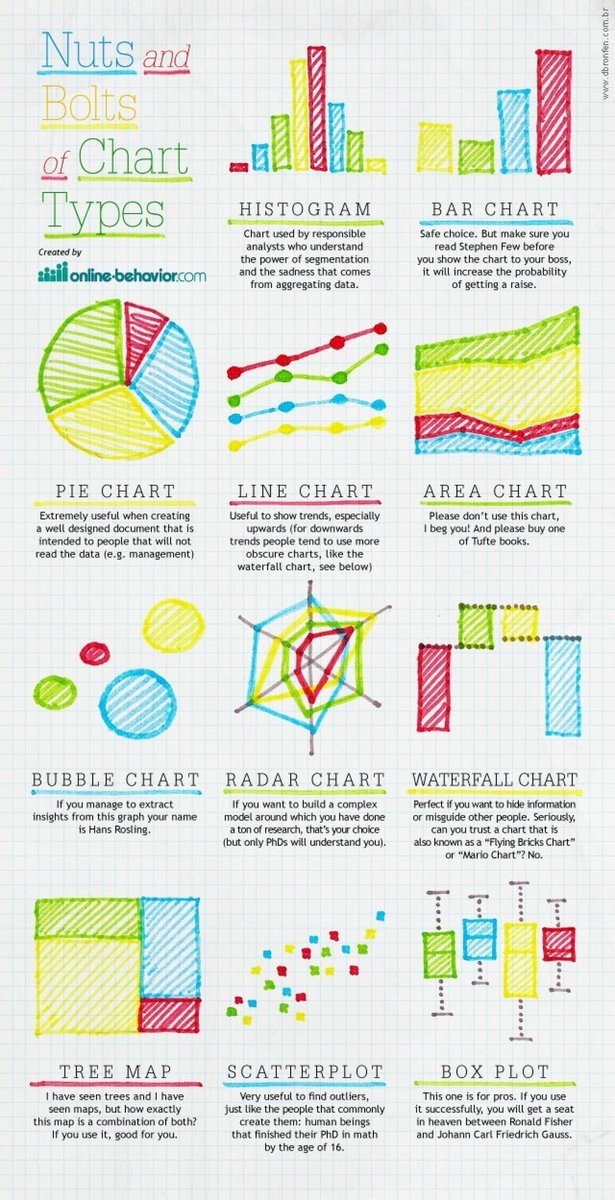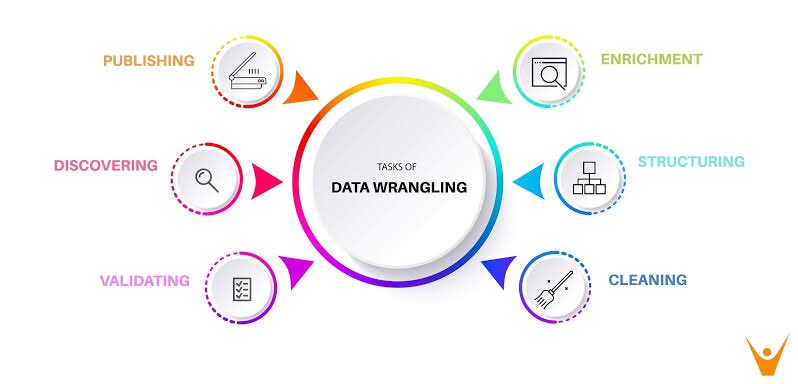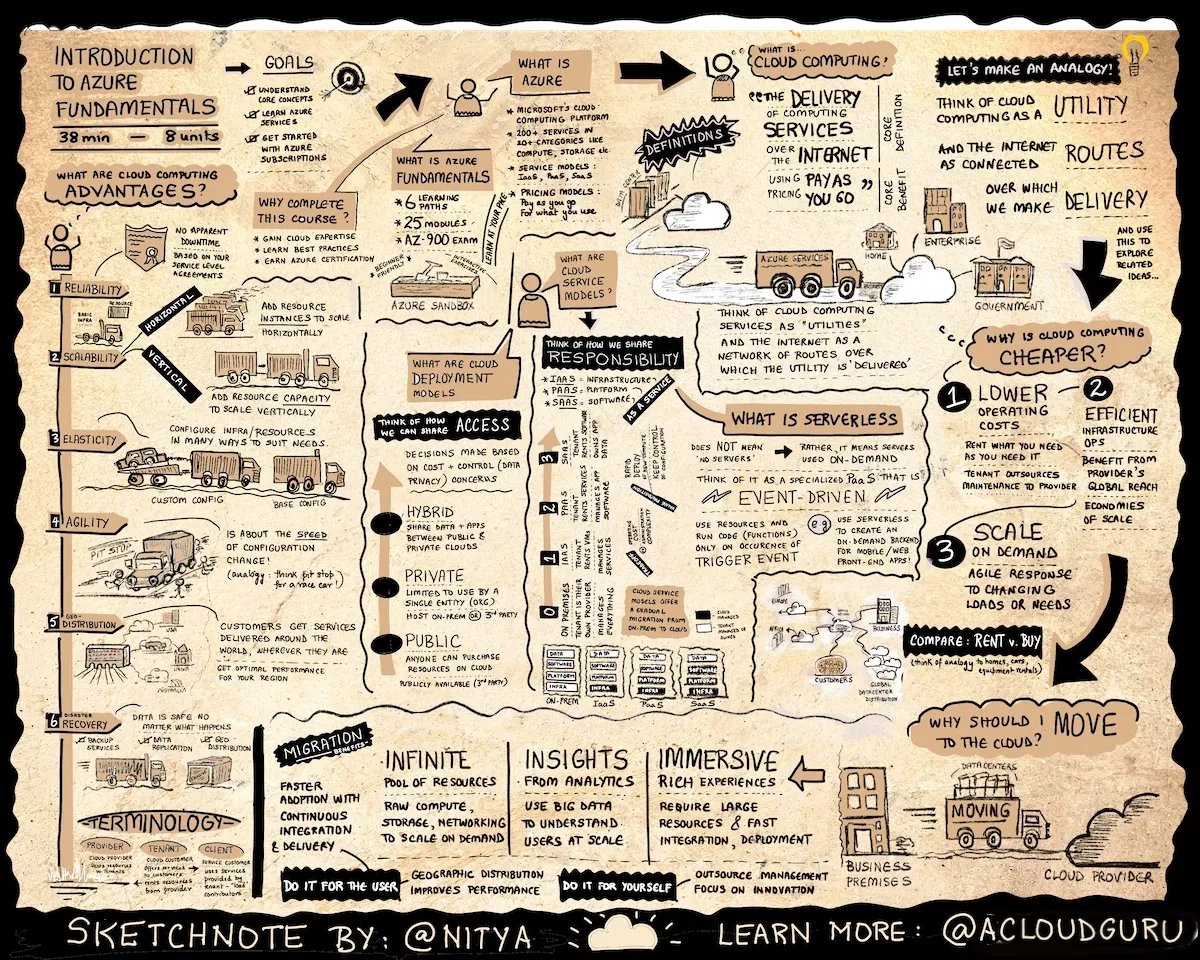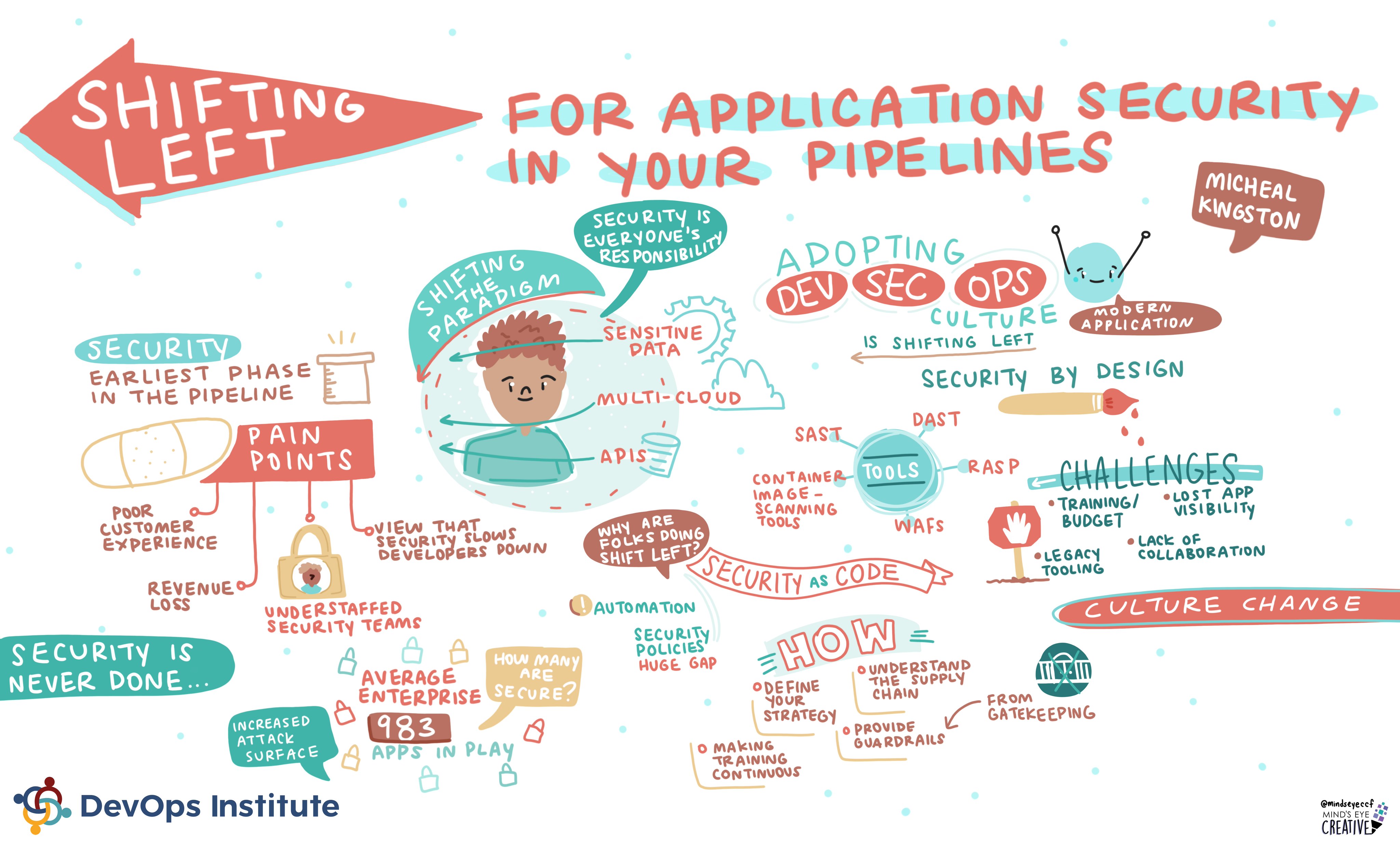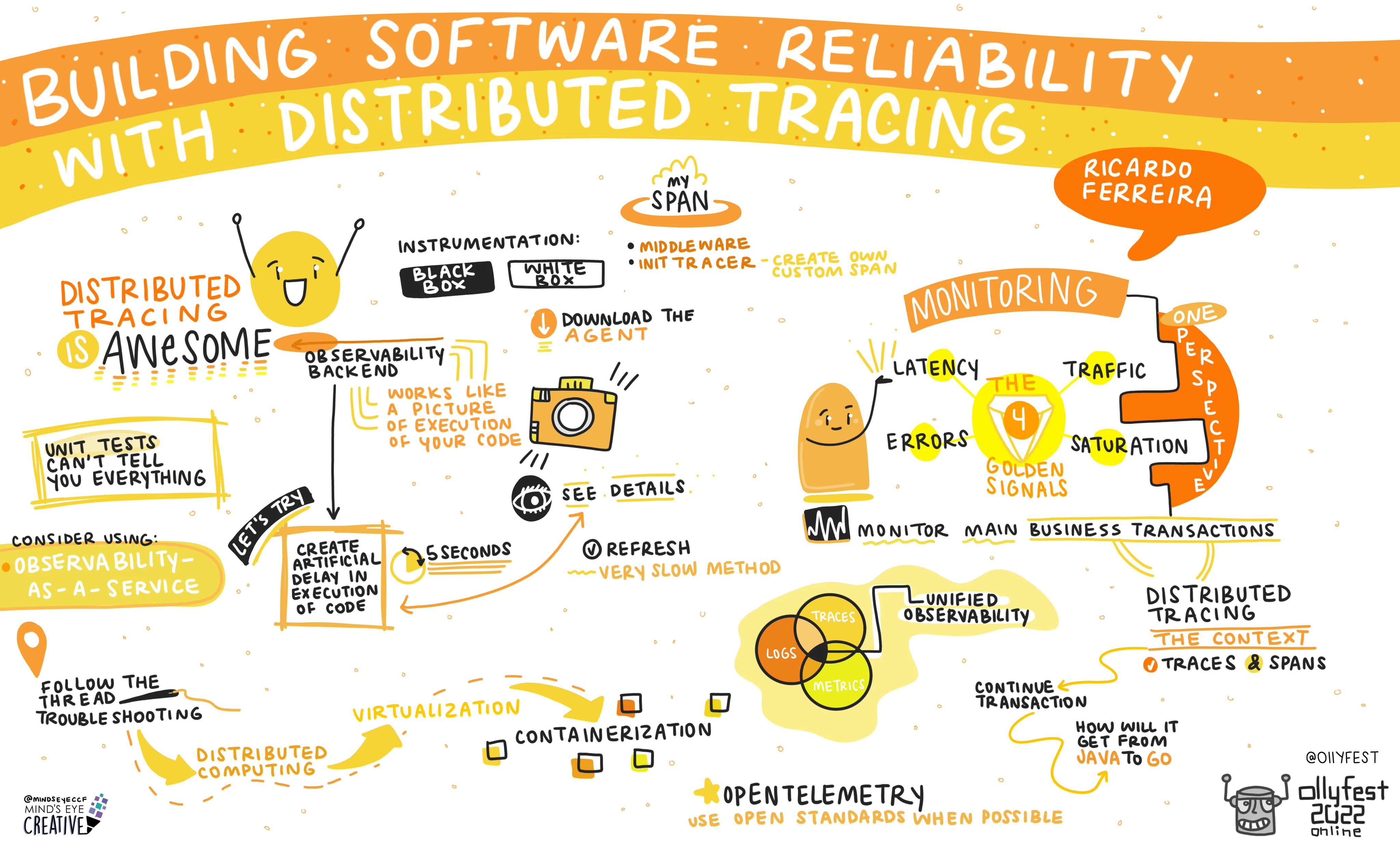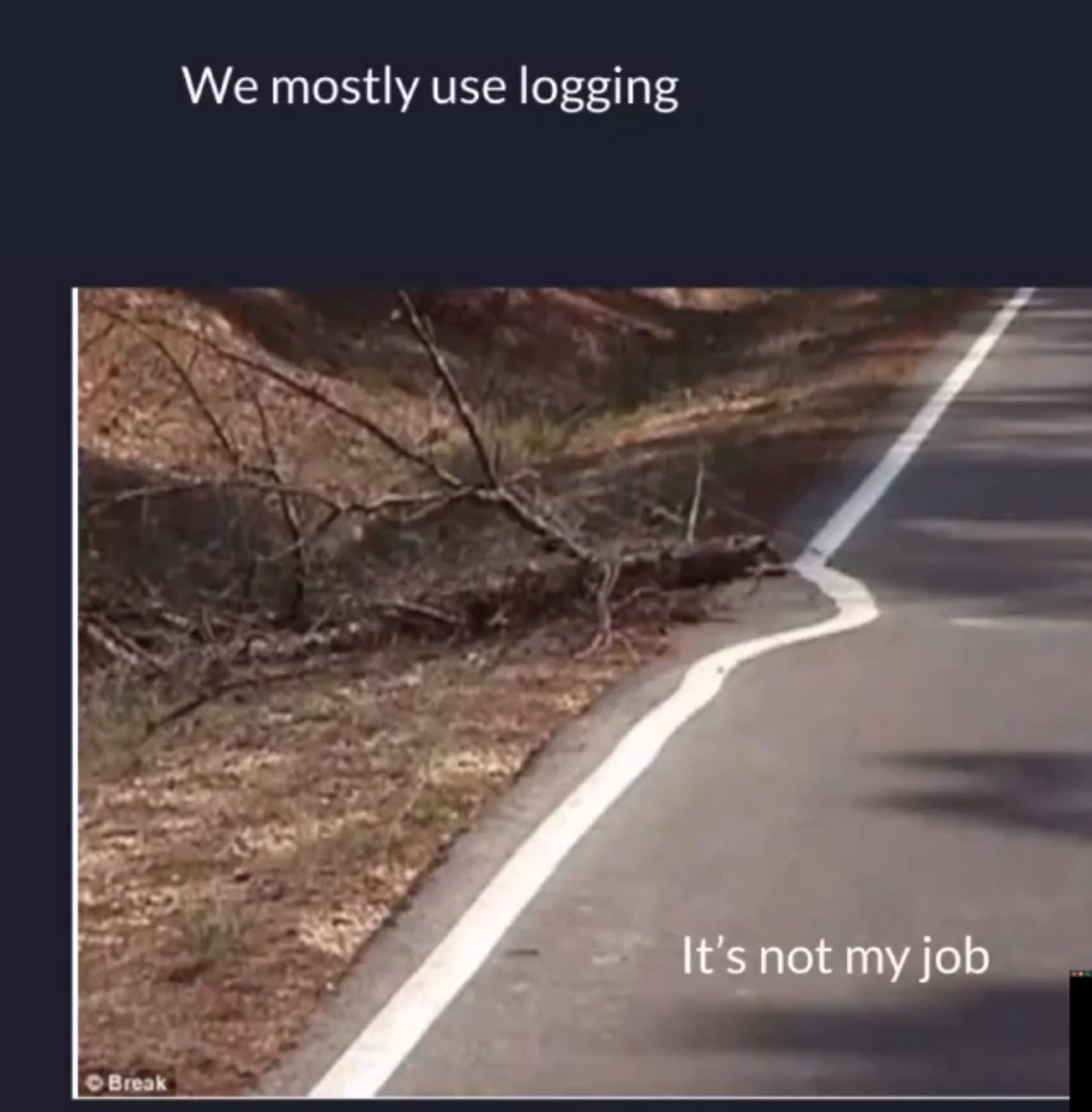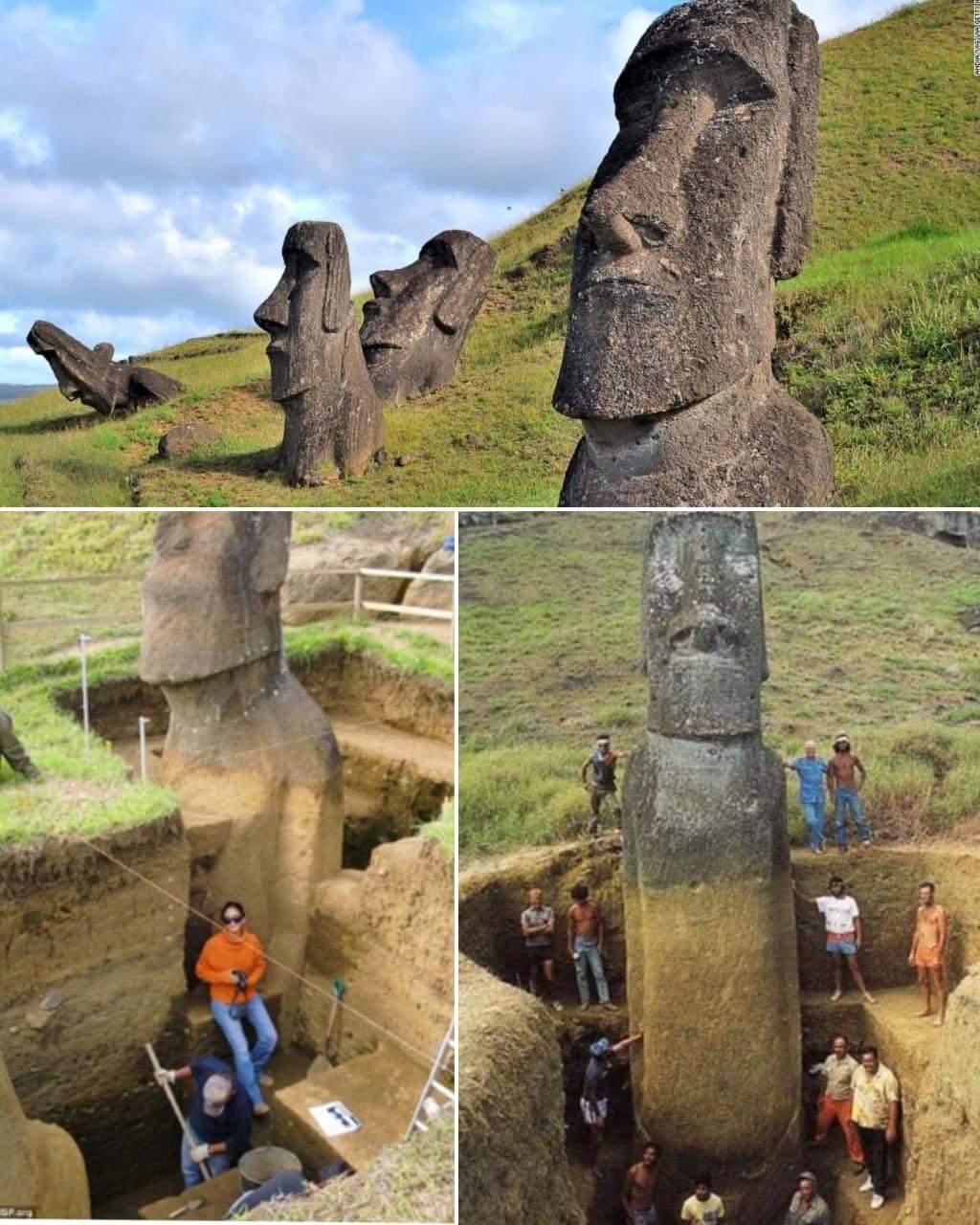I continue to dig up and share this simple approach for production data masking via SQL to create testing data sets. Time to codify it into a post.
Rather than generating a set of names and data from tools such as Mockaroo, it is more practical to use actual data for a variety of testing reasons.
The SQL below is a self-explanatory approach of removing Personal Identifiable Information (PII), but keeping data relevant. I use this approach for a number of reasons.
- We are using production data rather than synthetic data. Data volume, distribution, and additional column values are realistic. This is a subset of an example, but dates and locations are therefore realistic
- Indexes (and unique indexes) still work, and distribution across the index is adequate for searching. Technically the index will be a little larger in disk footprint.
- You cannot reverse engineer the masked value into a real value with just this data set. An engineer in a test environment cannot obtain the underlying information.
- If you identify an issue with data quality for any row of data, there is a way to present the uniqueness of that row. This enables a person with production access to match the underlying row. Of course, any unique identifier (auto increment or UUID) should also be modified to mask real data.
SELECT CONCAT(SUBSTR(first_name,1,2),REPEAT('*',LENGTH(first_name)-2)) AS first_name,
CONCAT(SUBSTR(last_name,1,3),REPEAT('*',LENGTH(last_name)-3),' ', SUBSTRING(MD5(CONCAT(first_name,last_name)),1,6)) AS last_name,
CONCAT(SUBSTR(organization,1,3),REPEAT('*',LENGTH(organization)-3),' ', SUBSTRING(MD5(CONCAT(organization)),1,6)) AS organization,
created, country
FROM customer
LIMIT 10;
+------------+--------------------+------------------+---------------------+---------+
| first_name | last_name | organization | created | country |
+------------+--------------------+------------------+---------------------+---------+
| Sa**** | Cor**** 4c23cd | Ski*** d21420 | 2022-09-20 03:30:14 | PH |
| Fu**** | Wat*** 8b97de | Jax***** e629c2 | 2022-04-08 03:20:22 | BY |
| Mo**** | Zis***** b11d94 | Rhy**** b4073a | 2022-10-06 15:58:38 | IR |
| So**** | Bad** 232cc2 | Rhy*** 1734bd | 2022-02-01 07:35:39 | ID |
| Ni***** | Ter***** d9ffb5 | Wor****** 6e476c | 2021-11-08 17:07:34 | IL |
| Ka****** | Scr***** 9201db | Jax**** 481fd8 | 2022-08-18 19:17:54 | BR |
| Li*** | Coz** 0447f6 | Nlo**** 11da59 | 2022-07-29 06:47:56 | HR |
| Ch***** | Hal******** f5d9c8 | Zoo**** c6e07d | 2022-09-28 04:54:30 | UA |
| Er****** | Ste******* d005f2 | Eid** ffc305 | 2022-04-28 18:50:11 | PT |
| Fo** | O'S***** b35c44 | Buz**** 2c8598 | 2022-09-11 02:05:55 | RU |
+------------+--------------------+------------------+---------------------+---------+







